In November 1919, in Bogalusa, Louisiana, agents of the Great Southern Lumber Company formed a gang to threaten African American labor organizer Sol Dacus. He was trying to form a union for Black laborers at the saw mill, under very dangerous conditions as described by CRMvet.org.
Great Southern owned everything — houses, stores, electric utility, schools, even the segregated parks. They also ran the government. The mill’s general manager was the mayor and the police department took their orders from the company. In addition to the cops, Great Southern maintained a private armed security force to maintain “labor discipline.”
In 1919 after World War I, white and Black workers tried to form a biracial union (with segregated locals as required by Louisiana law). The company organized racist whites into the Self-Preservation and Loyalty League (SPLL). Company gunmen and the SPLL assaulted union members, evicted them from company housing, burned private homes, kidnapped, and tortured organizers.
On Nov. 21, company gunmen and members of the SPLL showed up at Dacus’ home. He and his family survived the shoot-out that evening.
The next day, on Nov. 22, 1919, Dacus bravely walked through town — accompanied by white supporters and allies in the labor movement.
Determined to undermine any efforts at interracial solidarity, the Great Southern Lumber Company gang murdered four of those white allies, including the American Federation of Labor district representative. Dacus and his family were able to escape to New Orleans.
The Bogalusa Massacre is an example of the violence interracial labor organizing experienced from racist, anti-labor forces in the early 20th century.
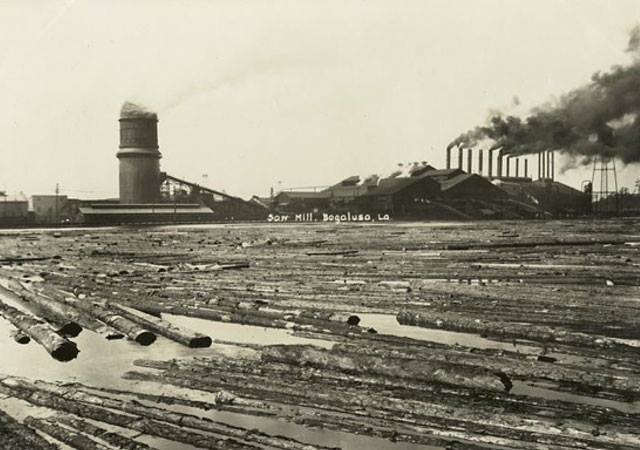
Great Southern lumber mill in Bogalusa, Louisiana, the largest in the world at the time, saw Black and white workers fighting together for their rights against racist capitalists. Source: New York Public Library
In “Bogalusa Burning: The War Against Biracial Unionism in the Deep South,” Journal of Southern History, Stephen Norwood wrote:
The gun battle in Bogalusa, when white union men took up arms and gave their lives to defend their Black comrade, represents probably the most dramatic display of interracial labor solidarity in the Deep South during the first half of the 20th century. [Continue reading.]
The article referenced above and Bloody Bogalusa, 1919: When Four White Unionists Died Defending Their Black Comrades provide detailed history of the event and aftermath.
Read about Bogalusa during the modern Civil Rights Movement, find more Zinn Education Project materials for teaching outside the textbook about labor history, and explore our timeline of selected massacres in U.S. history.

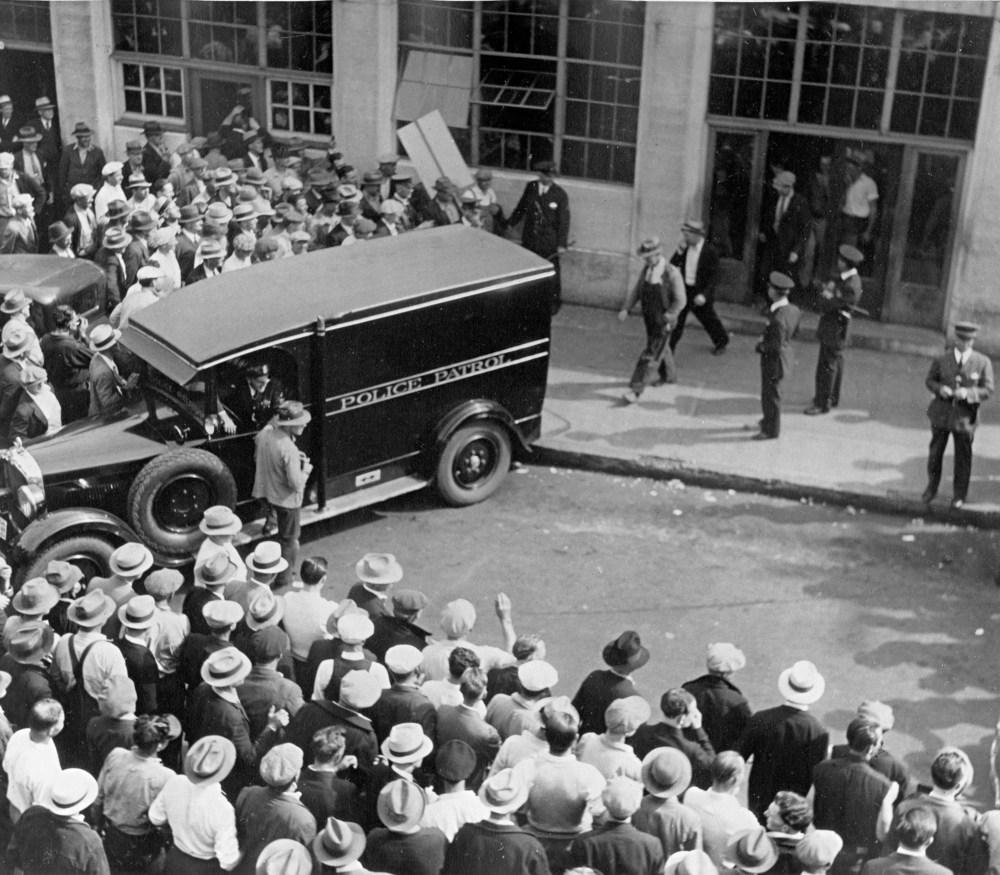
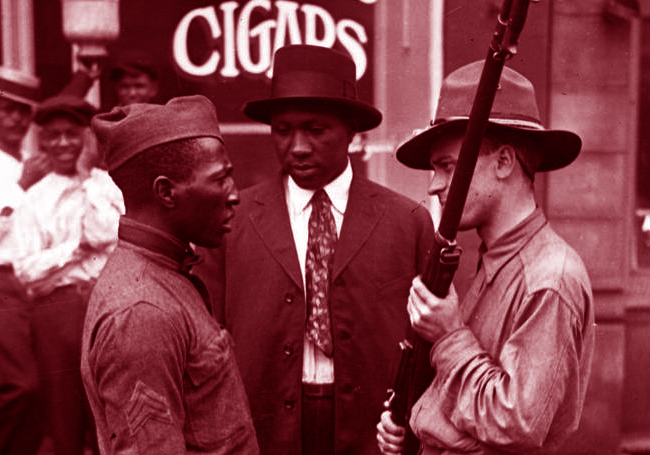

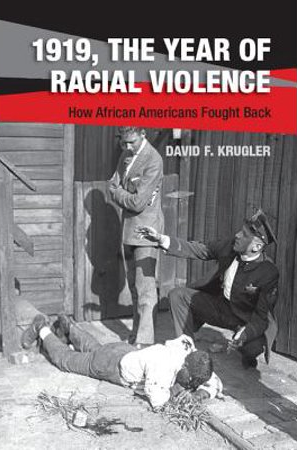
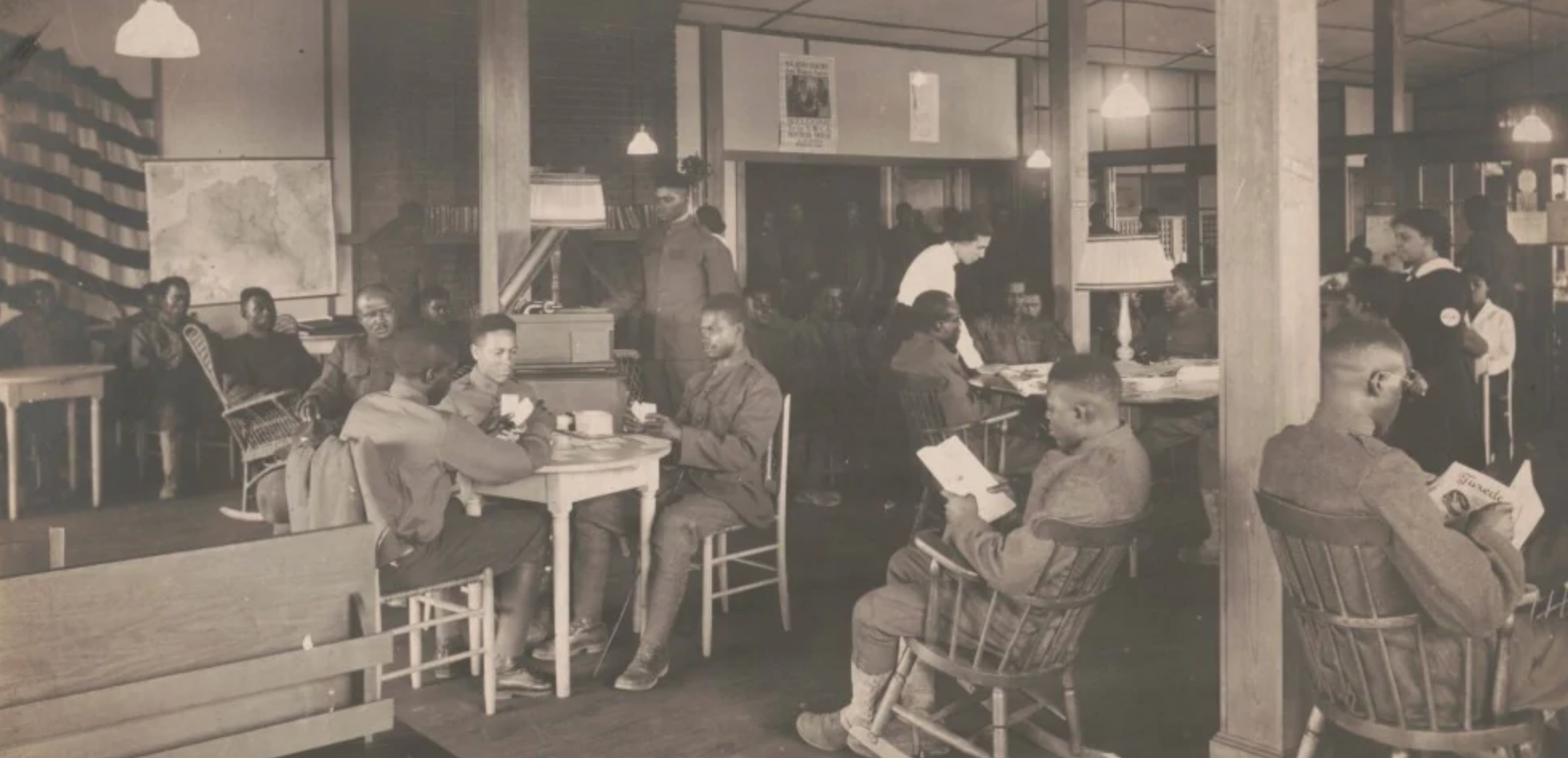
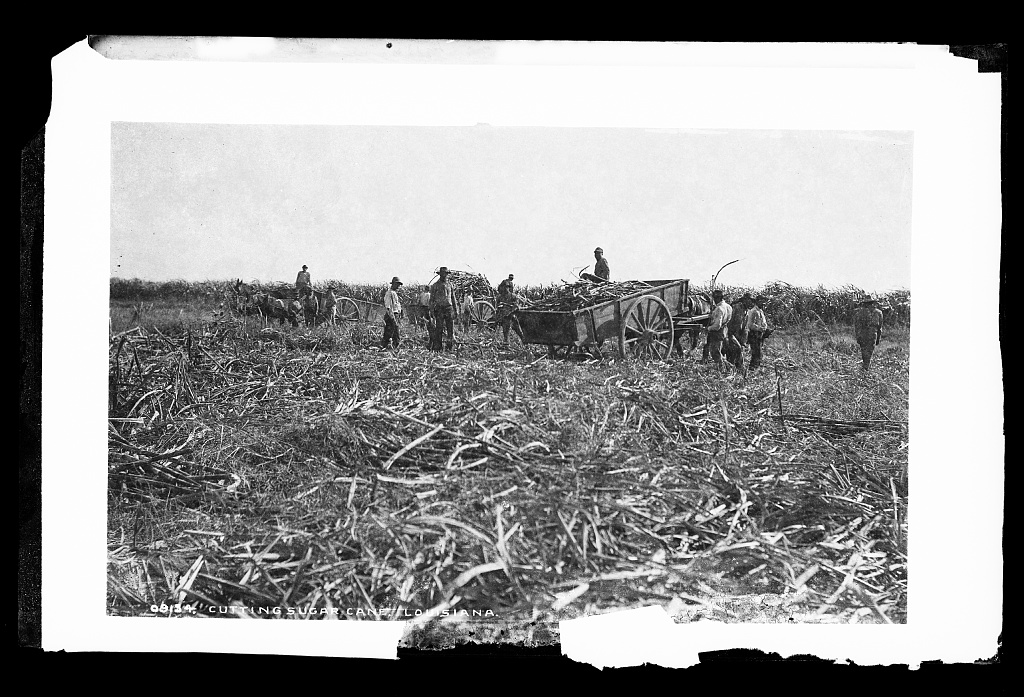
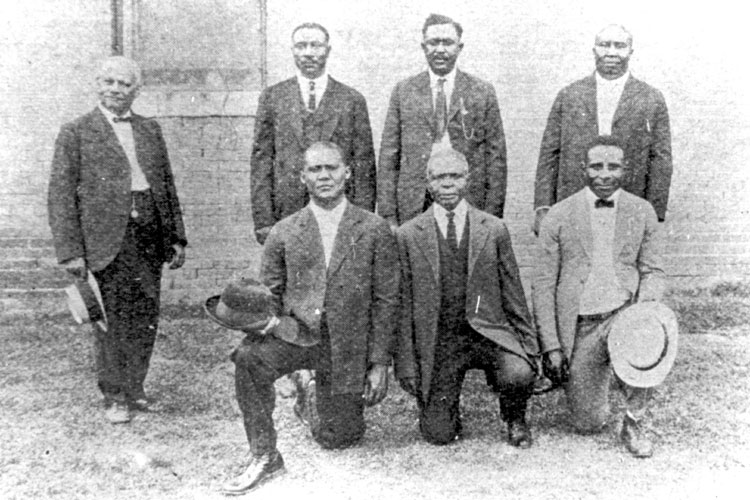





Twitter
Google plus
LinkedIn